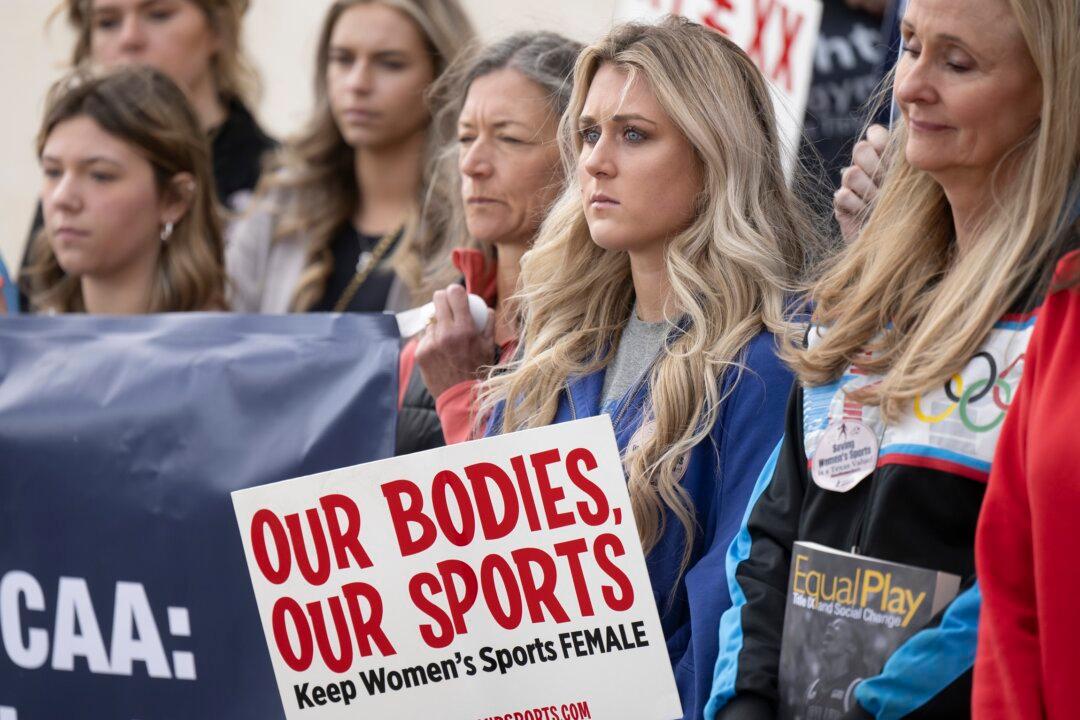The San Francisco Police Department (SFPD) is reporting the lowest auto break-in rate in 22 years amid a push to rein in crime.
In March, 342 vehicle break-ins were reported in San Francisco, compared to around 800 in March 2024, according to SFPD data. Car break-ins reached more than 2,000 per month in 2023 and had remained high for years, with 2017 the highest year on record.
The police department said it’s working with Mayor Daniel Lurie’s office and the San Francisco district attorney to prosecute more auto break-ins.
San Francisco has become notorious for the break-ins, many of which take place in the city’s tourist areas, such as near Fisherman’s Wharf. According to the city, tourism has been gradually rebounding in San Francisco since falling in 2020 during the pandemic.
Lawmakers in Sacramento also passed legislation last year to help local law enforcement bring suspects to justice.
SB 905, signed in August 2024, eliminated a so-called locked door loophole, which required prosecutors to prove that a person forcibly entered a locked vehicle.
Wiener’s office said victims had been required to come to court to testify whether their car doors were locked, and broken windows were not considered sufficient proof.
“This requirement can sabotage clear cases of guilt, particularly for situations where someone is visiting San Francisco and is not going to return just to testify that they locked the car door,” his office said.
SB 905 removed this requirement. Forcible entry is now considered proof of the crime of auto burglary, which constitutes either a misdemeanor or a felony.
But San Francisco’s auto break-ins were dropping even before Wiener’s bill.
In 2023, then-Mayor London Breed, Police Chief Bill Scott, and District Attorney Brooke Jenkins pledged to expand local law enforcement efforts to continue the city’s reduction in auto burglaries.
Those efforts included the use of bait cars, plainclothes officers, and aggressive prosecutions. At the time, the city claimed that law enforcement efforts contributed to a 50 percent reduction in car break-ins between September and December 2023.
In March 2024, the city announced the installation of 400 license plate readers at about 100 intersections to combat a number of crimes, including auto burglaries.
SFPD increased visible uniformed police patrols in areas where auto break-ins were most pervasive, including the Palace of Fine Arts, Alamo Square, and Fisherman’s Wharf.







